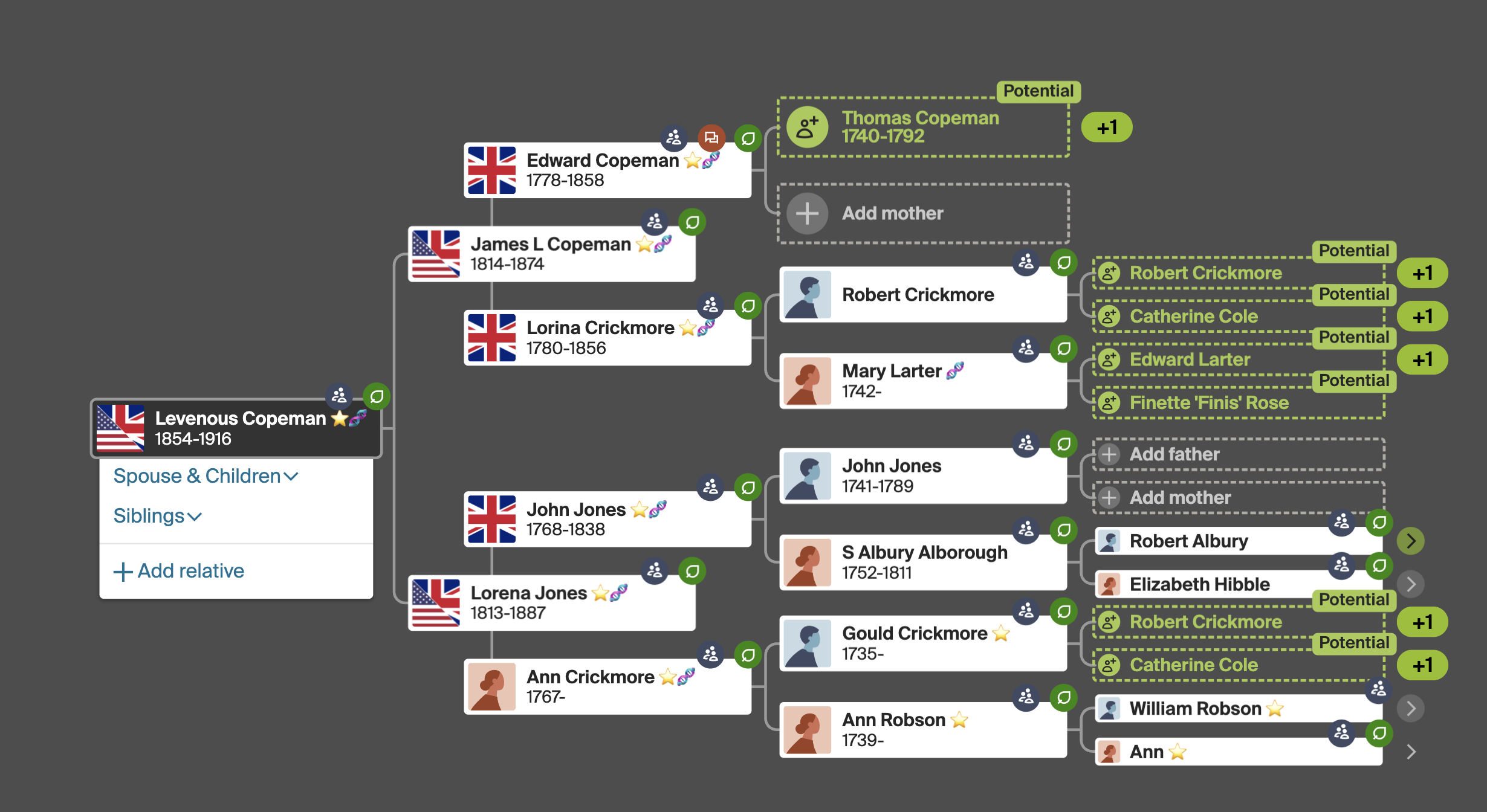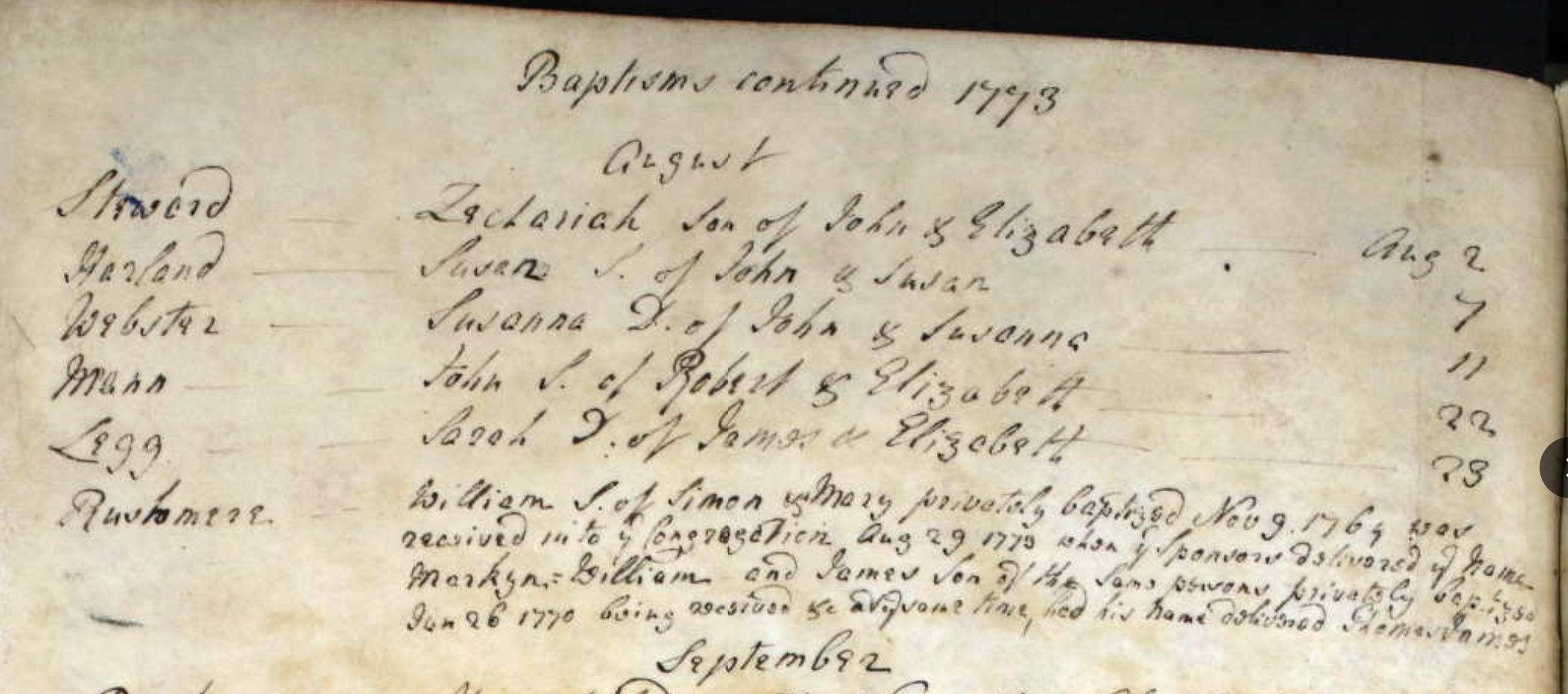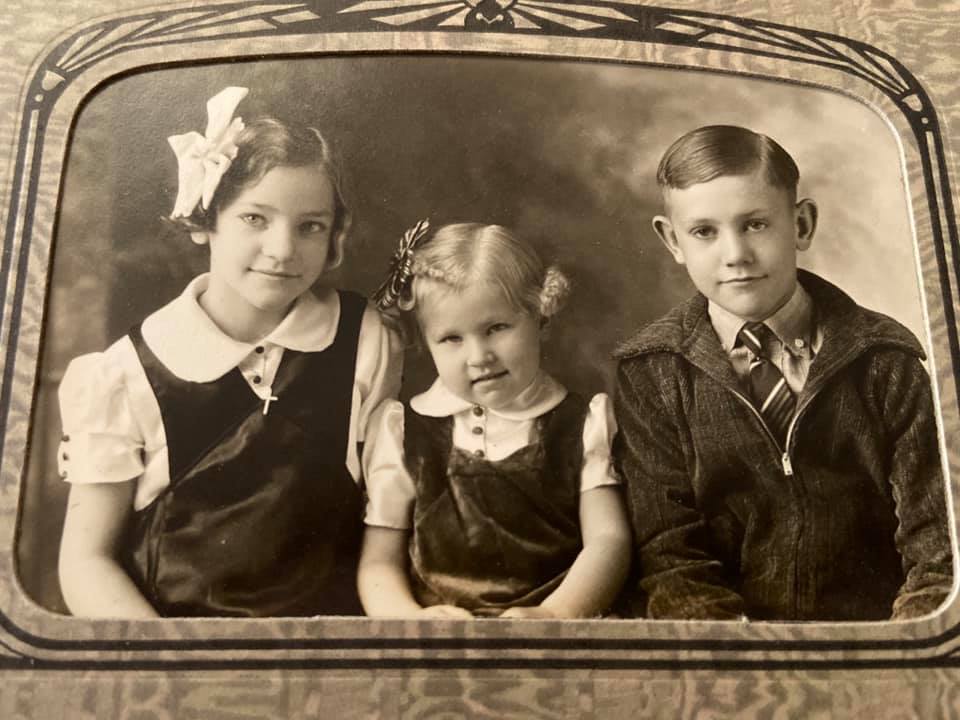One of the most exciting (and sometimes frustrating) parts of genealogy is that it’s never really “done.” New record collections are constantly being digitized and added online, and every update can open doors you thought were permanently closed.
Case in point: in August 2025, Ancestry added several major Suffolk, England, Church of England record sets:
-
Marriages and Banns, 1754–1949
-
Deaths and Burials, 1813–1999
-
Births and Baptisms, 1813–1924
-
Baptisms, Marriages and Burials, 1538–1812
These collections were a game-changer for me. In just a few days, I was able to push several of my Suffolk lines — the Jones, Copeman, and Crickmore families of Beccles and nearby parishes — back multiple generations. Lines that had been stuck for years opened up simply because these register books were finally digitized and searchable.
It’s surreal to sit at home and flip through parish registers from the 1700s, seeing your ancestors’ names in the original handwriting. Twenty years ago, this kind of research meant days in archives and libraries, scrolling endlessly through microfiche or microfilm reels, often with no guarantee of success. If that’s the experience you remember, it might be time to give genealogy another try. Online access has transformed what’s possible.

Research Vignette: The Copeman–Crickmore–Jones Connection
When the new Suffolk records went live, one of the most exciting breakthroughs came with James L. Copeman (son of Edward Copeman and Lorina Crickmore) and his wife Lorina Jones (daughter of John Jones and Ann Crickmore).
With the expanded parish registers, I was able to trace both families back at least two more generations — and in the process, discovered that Lorina and Ann were actually first cousins. Suddenly, two families I had treated as separate lines merged into a much more intertwined story.
Even more exciting, these records carried several of the families back before the year 1600 in the Beccles area, introducing a whole set of new surnames to explore and expanding the scope of research dramatically.
This is exactly why revisiting brick walls matters: one new set of records can completely reshape what you thought you knew about your family’s history.
Research Lessons & Tips
-
Revisit your brick walls often. A “missing” ancestor today might be searchable tomorrow when a new collection goes live.
-
Go beyond the hints. Use the search function directly — it will often surface records before the hinting system catches up.
-
Page through the records. Don’t stop at one baptism or marriage. Siblings, parents, and extended family may appear in the same parish book.
-
Be realistic about geography. In the 1700s, most families didn’t travel far. Question records from distant parishes unless you can back them up. Tools like ChatGPT (or old maps) can quickly tell you how far apart parishes are and suggest neighboring places to check.
-
Reconstruct families, not just individuals. Linking whole groups of names in one area gives you confidence that you’ve found the right people.
Takeaway
Genealogy is an ongoing process, not a completed project. The tools and resources keep improving, and every new digitized collection can reshape what you know about your family tree.
You can keep up with new collections as they’re added by checking Ancestry’s Recent Collections page. You never know when the record you’ve been waiting for will appear.



